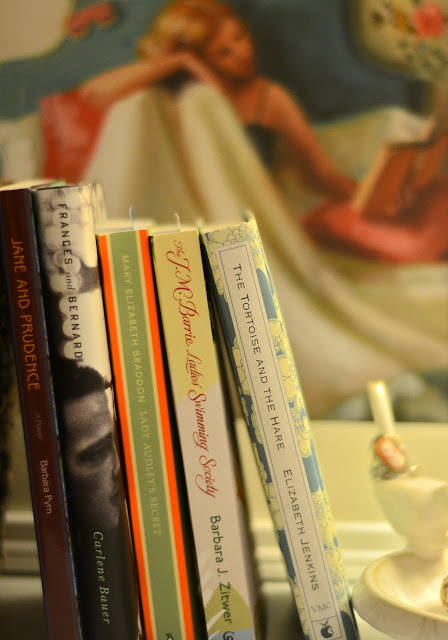It's a bit quiet here on the blog this week, largely because I've caught up with posts for all of the books I want to write about. I'm in the middle of a couple others that I have to finish up to get some new blog material, but in the meantime I thought I'd share a recipe creation I came up with last week using a delicious, if slightly unexpected, combination of ingredients: sweet potatoes, goat cheese, honey, and roasted grapes.
I was inspired to play around with these flavors after trying this baked potato recipe from Pinterest. I liked it, but wanted to try to turn it into a more substantial meal. Here's how I made the empanadas:
Roast 1/2 cup of red grapes tossed with olive oil, salt, and pepper on a baking try for 10-15 minutes at 350 degrees. Keep a close eye on this part so that the grapes don't start to smoke.
Peel and cube one good sized sweet potato and boil until tender (10-12 mins). Once done, mash the potato together with an ounce of goat cheese and dashes of cinnamon, nutmeg, and honey. Using store bought pizza dough divided into four quarters, roll out thin rounds and filled half with the potato mixture, a slice of goat cheese, a few of the grapes, and an extra drizzle of honey.
Fold the dough over to form the empanadas and use a fork to seal the edges.
Brush the tops with olive oil and bake at 400 degrees for about 20 minutes. Munch on any leftover roasted grapes while you wait.
This might just be my new favorite flavor combination. I highly recommend trying it, whether in the original baked potato form or in my empanada twist on it.




















